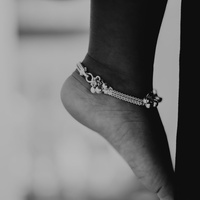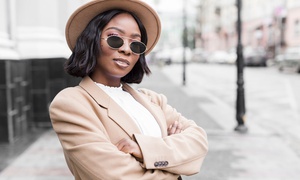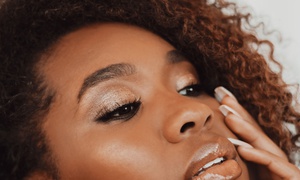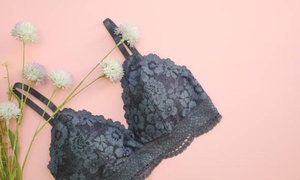Diweri Mangiri
Multi purpose craft @ Self Employed
Yenagoa, Nigeria
THE HISTORY OF BEADS

Beads play significant roles in the culture, fashion, economic and artistic expressions of the Nigerian people. Their existence date back to the Nok culture, between 900BC to 2000AD.
Beads are unique and symbolic to different tribes in Nigeria. They indicate a strong social influence and power among members of the royal family. These culture objects are also important costumes worn by both bride and groom in most Nigerian weddings.
Back in the 15th century, beads were used as a form of currency for trade purposes and bead Weavers were, therefore, respectable members of society.
Oldest African beads are products of different natural materials. Some of the oldest beads were made from stones, wood, metals, glass, clay or plant materials such as bamboo stems and palm nuts.
The qualities, colours and texture of these materials are maintained and combined in different ways to produce colourful necklace, bracelet, anklet, rings, earrings, buttons on a shirt, or the cover of a book or tablecloth. They are also used for religious purposes like the rosary for prayer and coral beads for royalty.
Women all over the world like wearing beads to accentuate their beauty and uniqueness especially on special occasions like weddings and burial ceremonies.
The meaning of the colours and different shades of beads varies with community and they relay a different message depending on the giver/receiver.
Universally, the appeal of beads and bead work will continue to thrive as both a cultural expression and tourist attraction because it is dazzling, simple, and irresistible, providing an income and livelihood for hundreds of street salesmen and crafts women who create the different designs.
Other insights from Diweri Mangiri
Referral Earning
Points-to-Coupons
Insights for you.



 715
715






























































Comments